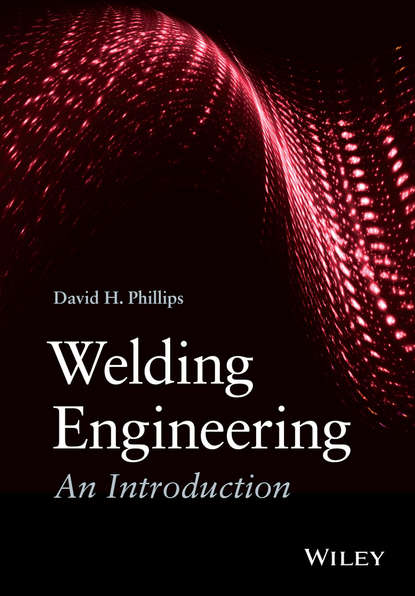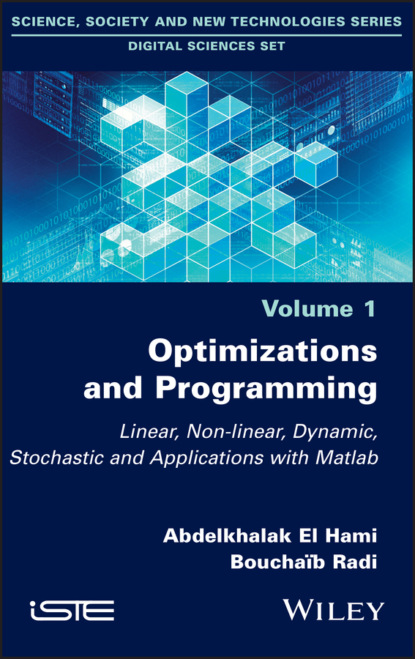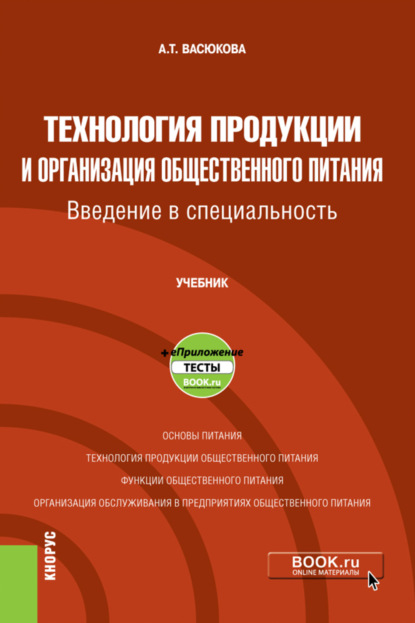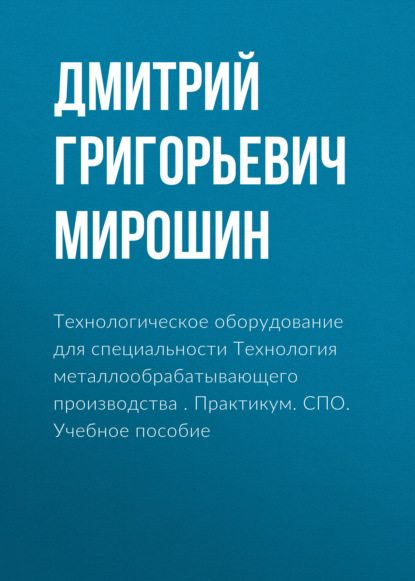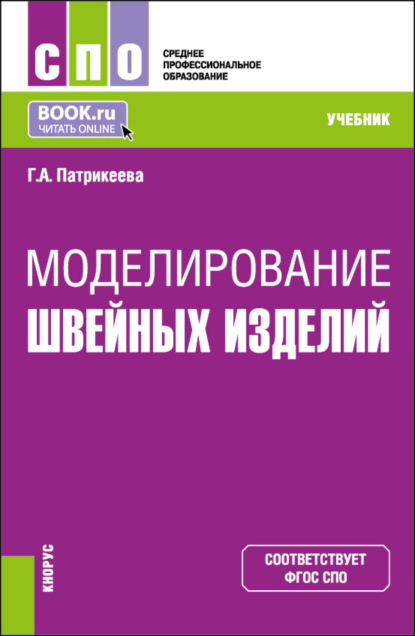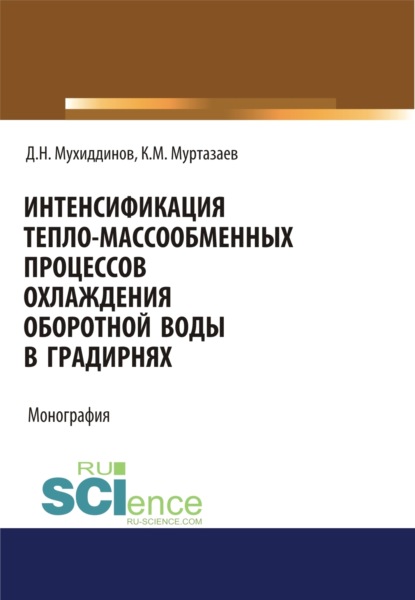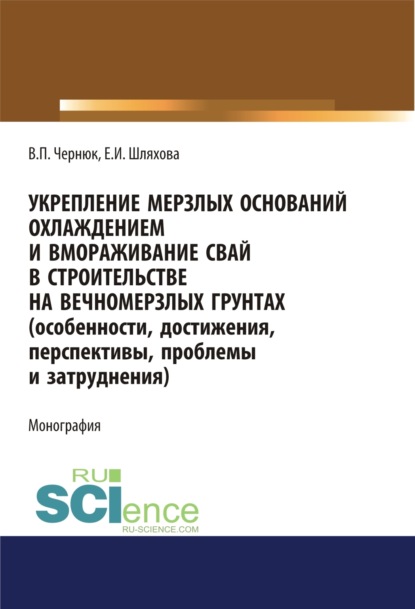В книге “Remanufacturing в Circular Economy” авторы рассматривают влияние экономического роста и повышения уровня потребления на использование природных ресурсов и материальных ресурсов. Возрастающая потребность в природных ресурсах привела к обеспокоенности по поводу таких проблем, как нехватка ресурсов, нежелательные экологические последствия, связанные с добычей материалов, первичной обработкой и неэффективным удалением отходов, а также социальные или политические напряжения. Варианты жизненного цикла продукта (EOL), такие как повторное использование или переработка, направлены на ограничение или уменьшение количества отходов, отправляемых на свалку, что является стратегическим средством для устранения связи между экономическим ростом и использованием ресурсов. Эти варианты EoL могут помочь закрыть материальные циклы, дополнительно используя отходы в качестве ресурсов, снижая экологические последствия, сохраняя природные ресурсы, снижая стоимость материалов и обеспечивая рабочие места в развивающихся странах. С другой стороны, повторное производство - это уникальный вариант EoL благодаря увеличению числа жизненных циклов продукта до конечного.
The need for raw materials increases as economic growth occurs, while there are fears of environmental damage from their extraction. Waste management technologies such as recycling and reuse are introduced, but there are concerns about integration with the circular economy, where increased resource use and reduced waste also improve social and environmental outcomes.
Remanufacturing proposes an alternative waste management strategy through extended usage of products instead of disposal at end-of-life. It decouples consumption from resource use by increasing the usable life of objects. There is limited academic literature on the topic, and this book seeks to address that gap.
Электронная Книга «Remanufacturing in the Circular Economy» написана автором Группа авторов в году.
Минимальный возраст читателя: 0
Язык: Английский
ISBN: 9781119664345
Описание книги от Группа авторов
Economic growth and rising levels of consumption in developing and developed countries has been observed as being deeply coupled with natural resource usage and material consumption. The increasing need for natural resources has raised concerns regarding issues such as resource scarcity, undesirable environmental impacts due to material extraction, primary production, and suboptimal product disposal, and social or political tensions. Product End-of-Life (EoL) options, such as reusing or recycling, attempt to limit or reduce the amount of waste sent to a landfill, providing strategic means to decouple the link between economic growth and resource usage. These EoL options have the potential to close material loops, further utilizing wastes as resources, reducing environmental impacts, conserving natural resources, reducing material prices, and providing job opportunities in developing countries. Remanufacturing, on the other hand, is a unique EoL option due to increasing the number of life cycles of a product before final disposal. First, recurring environmental benefits, such as emission and raw material extraction avoidance are obtained with each additional product life cycle. Second, individual resource efficiency yields increase through product remanufacture. Resource efficiency or, using more with less will continue to compound with each additional life cycle. Third, recirculating products decreases the demand and dependency for primary resource production, further closing the material loop and creating a more circular economy. In addition, remanufacturing can initiate more preferable EoL options such as recovery, recycling, and waste reduction. While remanufacturing offers numerous benefits, there is significant lack of literature and books covering the fundamentals of operations, technologies and business models. The proposed book will provide in-depth coverage of remanufacturing fundamentals and its strong link to circular economy and resource efficiency.




